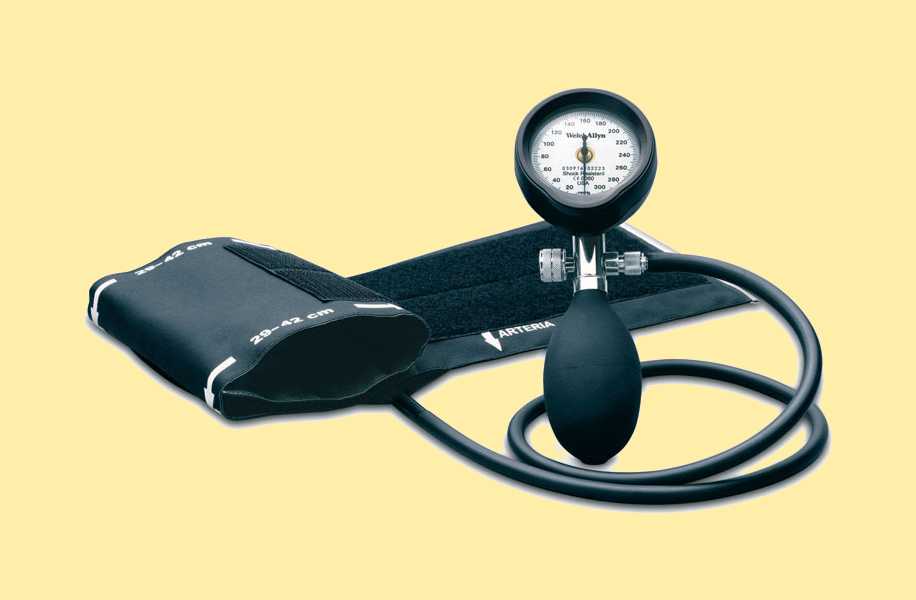
 Printer-friendly version
Printer-friendly version

If someone is asked about practical uses of pressure studies, he will answer mentioning a great number of uses: from the hydraulic elevator, a machine capable of lifting a heavy weight with little effort, to the hydraulic brake, which can be found in many cars; from the studies aiming at making cars more aerodynamic to the very principles which permit planes to fly.
It is rare, though, that we think about the effects of these laws upon the human body. The circolatory system is very similar to a complex pipe system, in which blood flows, continuously pumped by the heart. Physical properties of blood are very important to our health; in particular, its pressure indicates the health psychological and physical of the whole human body.
The instrument used to measure blood pressure is called sphygmomanometer; it is made up of a inflatable cuff, a little pump and a manometer. It is fairly easy to use but nevertheless it needs an external measurer: it is impossible to measure one's own pressure without invalidating the values obtained. Nowadays, electronic sphygmomanometers that can actually be used alone do exist, but they are usually imprecise and it is better to have one's pressure measured by a doctor or in a pharmacy.
The purpose of this report is to explain not only the functioning of the sphygmomanometer but also the physical principles that are basical to it - the laws on statics and dynamics of fluids.